[ad_1]


In Brief
DeSIM, a promising field, aims to transform mobile network operations by connecting traditional technologies with Web3.
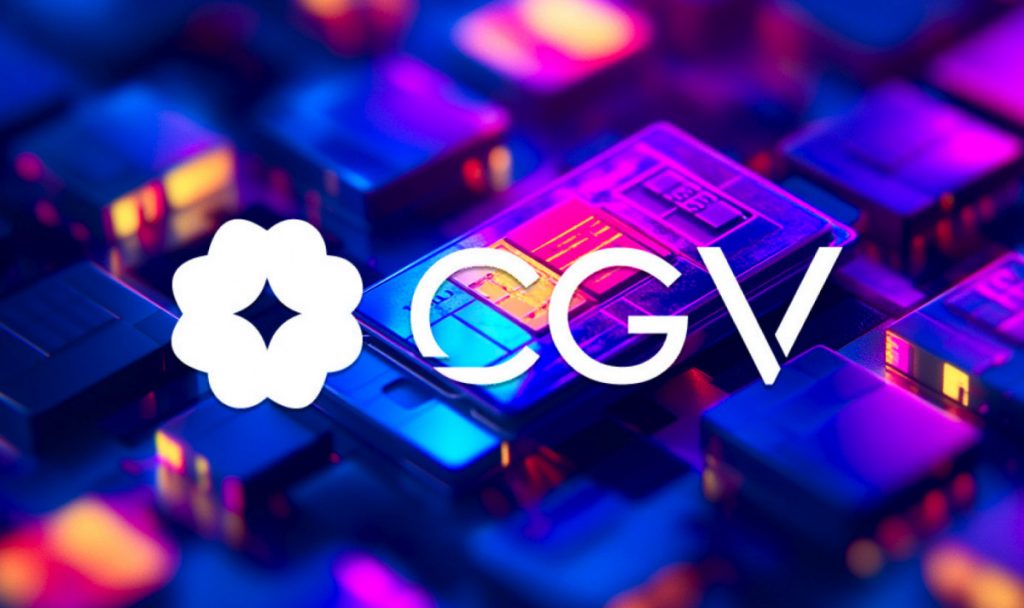
A fresh approach to digital infrastructure has been made possible by Web3 technologies, which place an emphasis on decentralization, user autonomy, and creative economic models. Within this framework, decentralized SIM technology (DeSIM) is a promising field that has the potential to transform mobile network operations completely, as reported in the new research by CGV. In order to promote innovation, lower costs, and improve security, DeSIM seeks to connect traditional mobile communication technologies with Web3.
The Development of Operators for Mobile Networks
Mobile network operators (MNOs) have controlled the telecommunications sector for many years. These operators oversee large-scale infrastructure projects, erecting obstacles to rivals’ entrance and producing notable economies of scale.
A layer of flexibility was introduced with the advent of Mobile Virtual Network Operators (MVNOs), which enable service providers to lease network access and deliver specialized or affordable services. Even so, the centralized frameworks in which these models function restrict their capacity to adequately handle concerns like user sovereignty, privacy, and adaptability.
DeSIM’s rise aims to reinterpret this dynamic. DeSIM integrates decentralized principles into mobile communication by utilizing blockchain. This allows for flexible, user-driven network involvement and decentralizes identity verification. The idea places Web3 network operators at the center, emphasizing community-driven infrastructure development, decentralized identity management, and incentives for involvement.
Qualities of Web3 Network Operators
Incorporating blockchain and tokenomics into their operational frameworks sets Web3 network operators apart from conventional MNOs and MVNOs. By decentralizing essential communication features, this creative strategy empowers users and promotes technical development.
Cryptocurrency integration is one of Web3 network operators’ primary features. These operators promote smooth international transactions and lessen dependency on conventional financial institutions by using cryptocurrencies for payments and service models. Another distinguishing feature is decentralized identity management, which is made possible by blockchain-based decentralized identifiers (DIDs), which improve personal data autonomy and offer safe, user-controlled authentication.
Web3 operators’ value proposition heavily relies on tokenized ecosystems. They generate strong financial incentives that promote involvement and community development by rewarding user contributions to network infrastructure or data providing. Additionally, these networks place a high priority on improved privacy, using decentralized storage and end-to-end encryption to protect user data and lessen vulnerabilities like SIM swap attacks.
Target User Demographics
A variety of users who gain from decentralized communication networks are served by DeSIM operators. Early adopters include crypto holders, frequent international travelers, and privacy-conscious consumers. Features like safe and private communication, worldwide roaming without restrictive contracts, and chances for cost savings through token-based incentives are valued by these user groups.
Additionally, companies operating in the Web3 domain stand to gain. To further incorporate decentralized concepts into their operations, blockchain companies, DeFi platforms, and IoT providers can use DeSIM solutions to enhance connection and scalability.
Technological Foundations of DeSIM
Improvements in SIM technology have made the shift to decentralized mobile communication possible. Software-based SIMs, eSIM, vSIM, and iSIM have opened up new options, whereas previous physical SIM cards imposed hardware limitations:
- eSIM: Embedded SIMs allow remote provisioning and multiple network profiles, facilitating global roaming and user flexibility.
- vSIM: Virtual SIMs eliminate the need for physical hardware, leveraging cloud-based identity management for dynamic user authentication.
- iSIM: Integrated SIMs reduce device size and energy consumption by embedding SIM functionality directly into hardware components.
- Soft SIM: Entirely software-based SIM solutions maximize flexibility but present challenges in security and standardization.
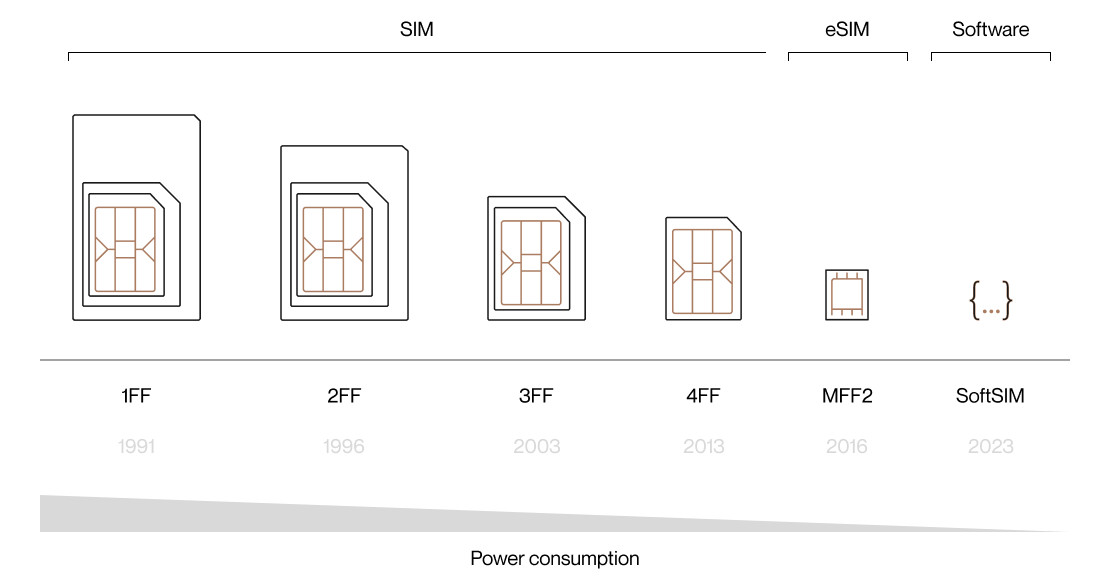
Case Studies of DeSIM Operators
Numerous examples demonstrate the variety and scalability of DeSIM applications, highlighting the possibilities of Web3 network operators.
Helium Mobile
This option combines blockchain-based incentives with conventional cellular infrastructure. Helium integrates community-driven hotspot installations with centralized network access through a dynamic coverage architecture and a partnership with T-Mobile. Contributions to network coverage earn users $Mobile tokens, forming a decentralized, tokenized flywheel that improves service scalability and affordability.
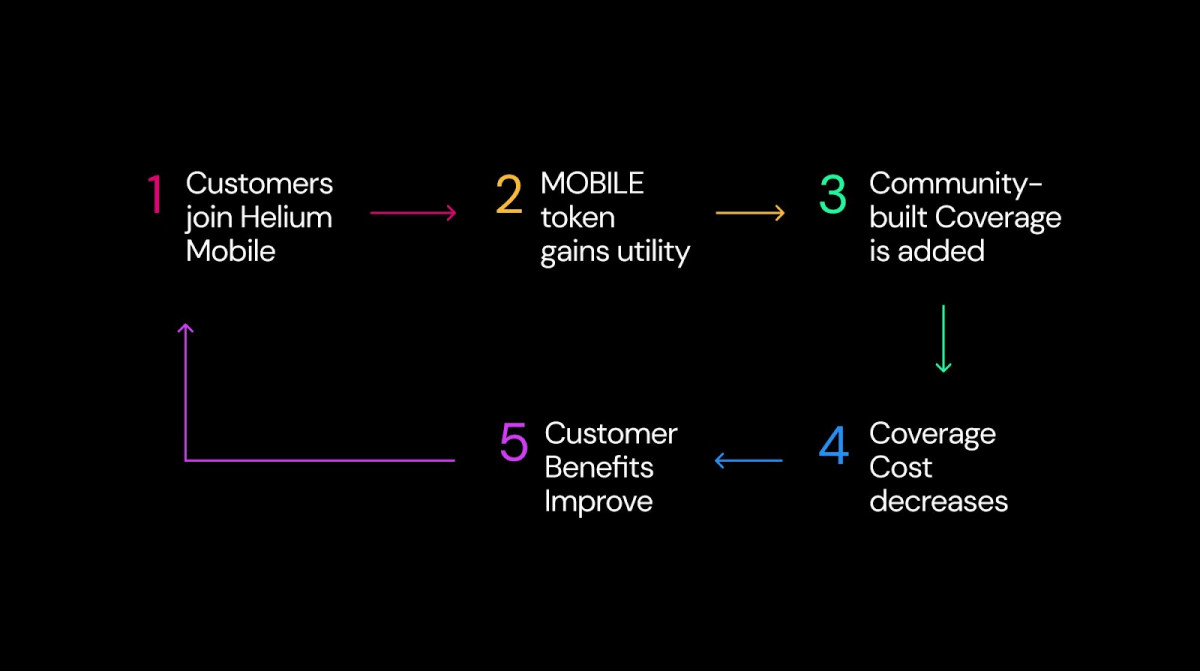
Depinsim
Based on the TON blockchain, this SIM combines mobile communication with decentralized identification and payment systems. Global roaming is supported by its eSIM-based approach, which also uses tokenized tasks and ads to encourage user engagement. By using blockchain-based security frameworks and end-to-end encryption, Depinsim further encourages privacy.
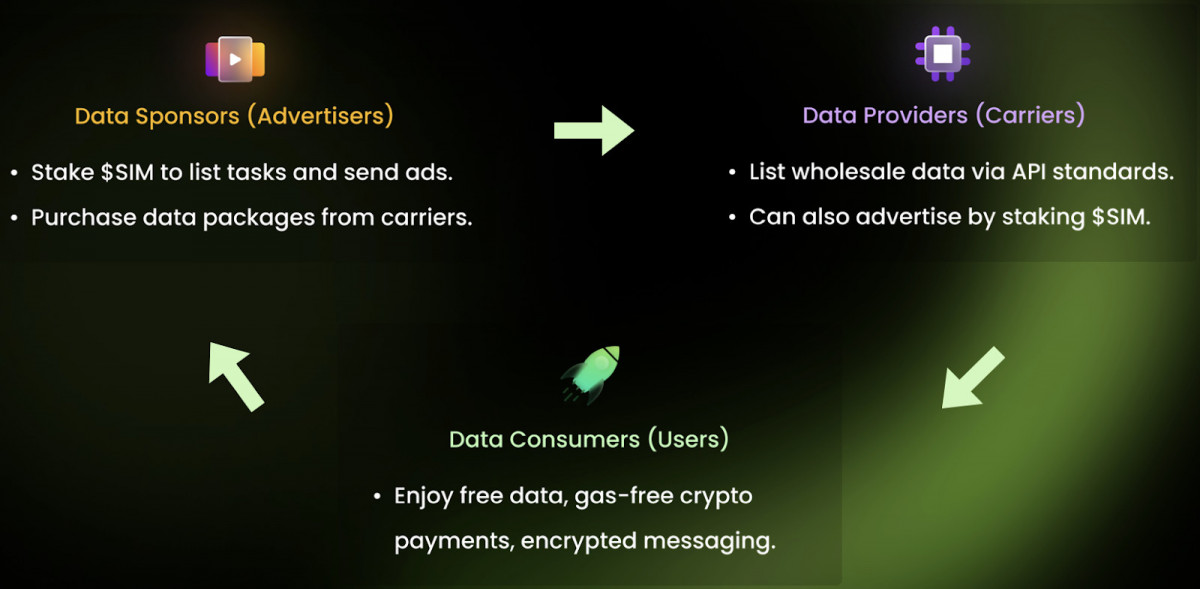
XPIN
With an emphasis on the Internet of Things, XPIN provides vSIM solutions that are controlled by a decentralized protocol. XPIN facilitates data security, identity management, and smooth device-to-device connectivity by allowing IoT devices to act as blockchain nodes. XPIN is positioned as a flexible operator for both personal and commercial usage thanks to its staged strategy, which includes hardware integration and worldwide eSIM services.
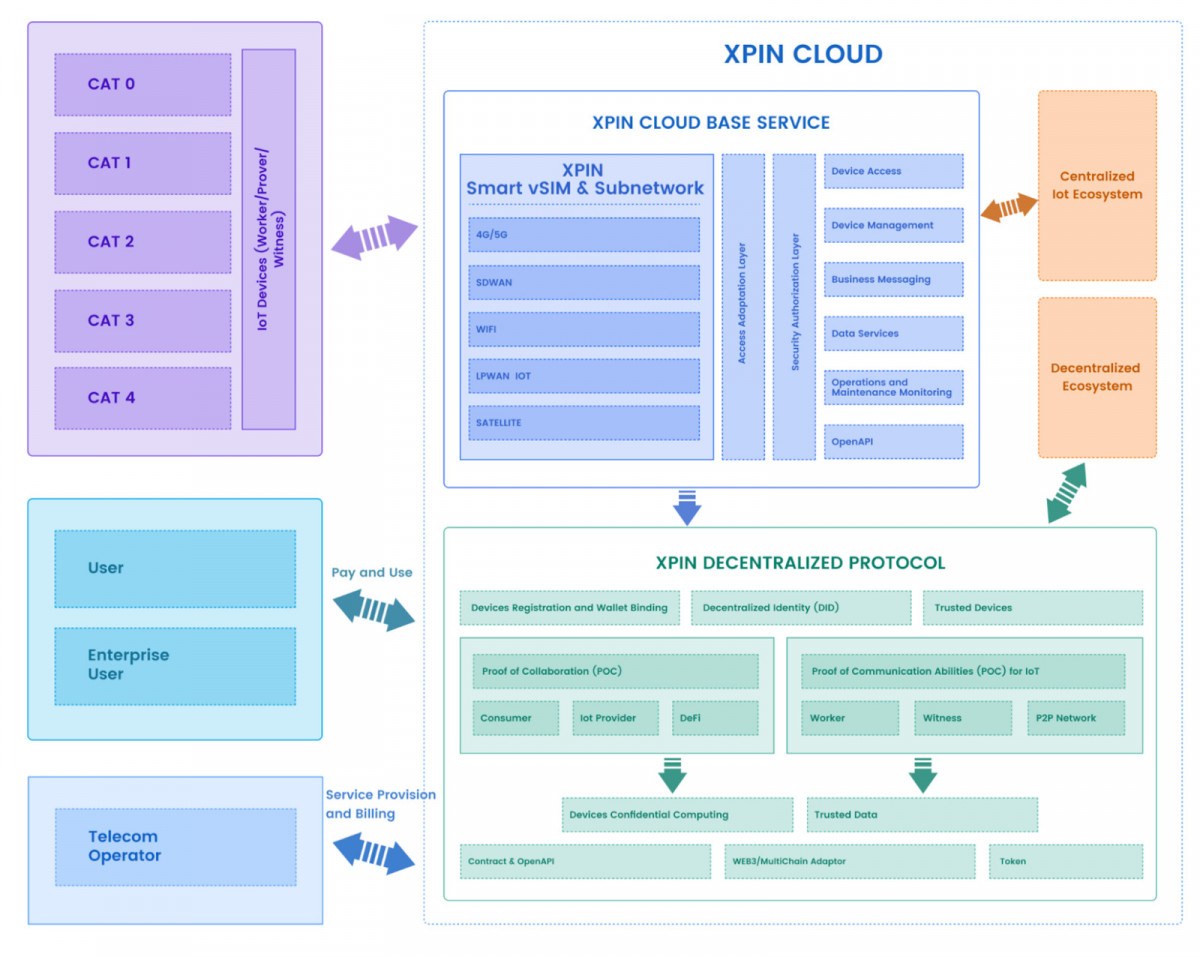
Prospects for the Future
DeSIM technology has the ability to drive innovations in a number of industries when incorporated into new ones. DeSIM-enabled vehicles might function as mobile base stations in the Internet of Vehicles (IoV), forming dynamic mesh networks. In addition to improving network coverage, this innovation would encourage car owners to contribute bandwidth resources, promoting a cooperative and decentralized network architecture.
Collaborations with low-Earth orbit networks such as Starlink might increase DeSIM’s reach in the satellite communications space. Through this partnership, satellite and ground-based connection might be seamlessly combined to provide dependable communication, especially in underserved or rural places. By overcoming geographical and technical barriers, such integration has the potential to completely transform the infrastructure of global communication.
DeSIM has a lot of chances in the metaverse as well. Low-latency networks and decentralized identification systems are necessary to build interoperable and engaging virtual worlds. DeSIM might facilitate the smooth interaction of people and digital assets across many virtual environments by offering safe identity identification and effective data transfer, establishing the foundation for a networked and user-focused metaverse ecosystem.
Disclaimer
In line with the Trust Project guidelines, please note that the information provided on this page is not intended to be and should not be interpreted as legal, tax, investment, financial, or any other form of advice. It is important to only invest what you can afford to lose and to seek independent financial advice if you have any doubts. For further information, we suggest referring to the terms and conditions as well as the help and support pages provided by the issuer or advertiser. MetaversePost is committed to accurate, unbiased reporting, but market conditions are subject to change without notice.
About The Author
Victoria is a writer on a variety of technology topics including Web3.0, AI and cryptocurrencies. Her extensive experience allows her to write insightful articles for the wider audience.

Victoria d’Este

Victoria is a writer on a variety of technology topics including Web3.0, AI and cryptocurrencies. Her extensive experience allows her to write insightful articles for the wider audience.
[ad_2]
Read More: mpost.io

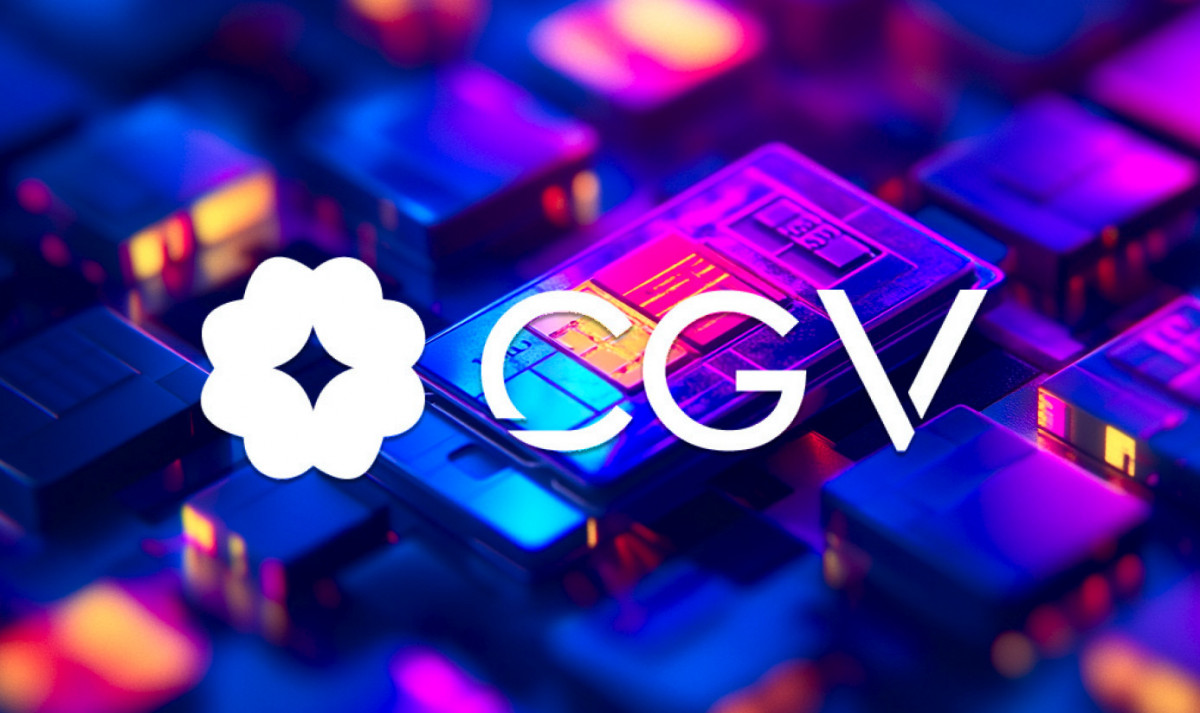








 Bitcoin
Bitcoin  Ethereum
Ethereum  Tether
Tether  XRP
XRP  Solana
Solana  USDC
USDC  TRON
TRON  Dogecoin
Dogecoin  Lido Staked Ether
Lido Staked Ether  Cardano
Cardano  Wrapped Bitcoin
Wrapped Bitcoin  Hyperliquid
Hyperliquid  Wrapped stETH
Wrapped stETH  Bitcoin Cash
Bitcoin Cash  Sui
Sui  Chainlink
Chainlink  LEO Token
LEO Token  Stellar
Stellar  Avalanche
Avalanche  Toncoin
Toncoin  WhiteBIT Coin
WhiteBIT Coin  USDS
USDS  Shiba Inu
Shiba Inu  WETH
WETH  Wrapped eETH
Wrapped eETH  Litecoin
Litecoin  Binance Bridged USDT (BNB Smart Chain)
Binance Bridged USDT (BNB Smart Chain)  Hedera
Hedera  Monero
Monero  Ethena USDe
Ethena USDe  Polkadot
Polkadot  Bitget Token
Bitget Token  Coinbase Wrapped BTC
Coinbase Wrapped BTC  Uniswap
Uniswap  Pepe
Pepe  Pi Network
Pi Network  Aave
Aave  Dai
Dai  Ethena Staked USDe
Ethena Staked USDe  OKB
OKB  Bittensor
Bittensor  BlackRock USD Institutional Digital Liquidity Fund
BlackRock USD Institutional Digital Liquidity Fund  Aptos
Aptos  Cronos
Cronos  Internet Computer
Internet Computer  NEAR Protocol
NEAR Protocol  Jito Staked SOL
Jito Staked SOL  sUSDS
sUSDS  Ethereum Classic
Ethereum Classic